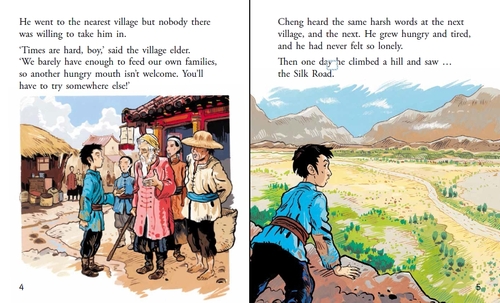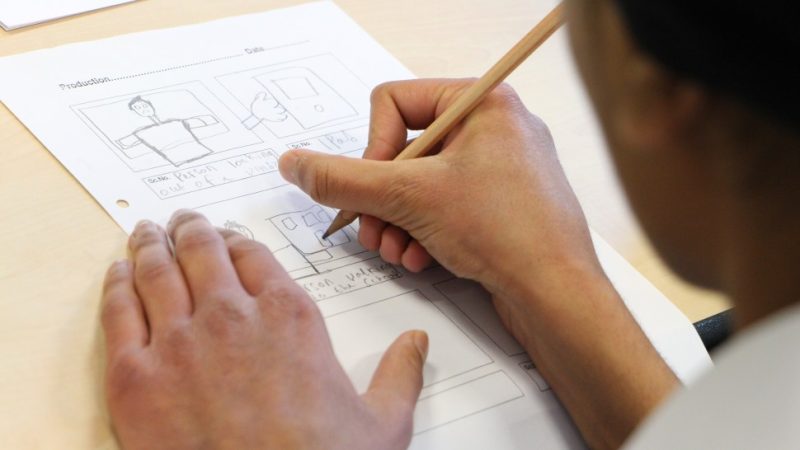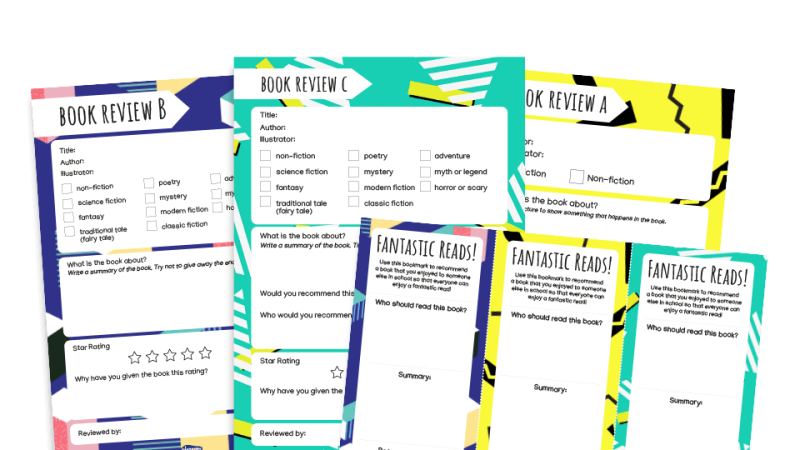How Should we Assess Reading in a World Without Levels?

Using book bands has an important role to play in a post-levels world – It’s time to take a more tailored approach, say Sue Bodman and Glen Franklin…

Another day at our office; another call from a concerned Year 2 teacher – “Gold band used to be NC level 2B – what is it now?” she asks.
Her question seems straightforward enough; in previous assessment procedures, a ‘best fit’ model applied. We looked for evidence of reading behaviours and decided on the level that most closely matched performance.
But it was a less than perfect system. Try thinking of jumpers, which can be a tight fit or a loose fit. Baggy jumpers don’t show the exact shape and size of the learner underneath, so now we are looking for something that fits and describes the learning more snugly.
Our Year 2 teacher wants to know if Gold band will indicate that pupils are at the expected standard at the end of Key Stage 1. There is, however, more to it than that. As we work to raise attainment in a world without levels, we need to consider closeness of fit when assessing reading. Here, we unpick the issues.
Change of style?
The use of Book Bands to track reading progress is well-established in England. For the last 15 years, teachers successfully used this gradient of challenge to select appropriate texts for guided reading lessons and to monitor progress.
The new assessment framework signalled a move to a ‘secure fit’ approach, where assessment processes gather evidence of every ‘I can …’ statement in order to award ‘working at the expected standard’.
This seems a scary shift – raising the bar yet again. But the change could be of real benefit, helping us to lift our thinking away from levels that might fit the learner only loosely.
To achieve a snug fit, we cannot say that any particular band ‘equals’ the expected standard – ‘White is the new 2B’, for example. The colour of a band represents a complex set of age-related reading behaviours and skills that occur at around the same point in reading development.
A child may not demonstrate every skill to read instructionally at the band, giving it a loose fit. But banding also clearly identifies the areas on which to focus if we are to move the child towards that ‘secure fit’.
Meet Tara
Tara is in Year 2 and in the White band group for guided reading. Tara’s teacher, Will, has used bands to make sure that the book’s challenges are matched to the needs of the group.
Today’s book is The Silk Road. Will’s focus for the group is reading with pace and expression. He has picked a book from White band to provide this opportunity and uses the band learning objectives to focus his teaching.
He knows fast, phrased reading aids comprehension, and that punctuation guides how the text is read.
In his book introduction, he draws attention to the village elder’s speech; ‘You’ll have to try somewhere else!’ and the use of the adjective ‘harsh’. The children practise reading the speech in harsh voices.
Guided reading is a perfect opportunity for Will to assess progress towards the expected standard. Whilst the other children read independently, Will ‘listens in’ to Tara reading pages four and five.

Previously, he has noticed that she often sounds out simple, decodable words aloud, and he wonders if that slowing of pace affects comprehension. Tara reads accurately, self-correcting ‘saw’ for ‘was’, and initially reading ‘isn’t’ as ‘is not’ before going back and rereading.
She hesitates before sounding out the word ‘willing’, and then rereading in two syllables.
She makes one error, reading ‘tired’ as ‘tried’. Losing the sense of meaning here, she appeals to Will who supplies the word. Pace of reading is slow (below 90 words per minute).
She omits a slight break for the comma when reading ‘times are hard, boy’, and the emphasis created by the ellipsis is missing from her expression.
Although accurate, Tara reads hesitantly and with limited fluency. Whilst White band is appropriate as an instructional text for her, evidence indicates that Tara is currently still working towards the expected standard for reading.
Will now has some clear goals for teaching that will help Tara master the expected skills for her age. Pace and word reading fluency need to develop before Tara can be described as ‘at the expected standard’.
Now meet Zara
Sat next to her is Zara. Will listens in to Zara reading the same section. She reads quickly and accurately and does not slow her pace as she reads across words, even those more complex or used in unusual ways.
Zara first reads ‘eldest’; the use of ‘elder’ in this context is sophisticated and probably new to her. She notices that what she has read does not match the letters on the page and quickly self corrects to ‘elder’, not needing to check the word by sounding through each grapheme aloud.
When Zara does need to consciously deploy phonic knowledge, she is able to do so by locating ‘chunks’ in a word to analyse it. For example, she uses the chunk ‘wel’ to help successfully read ‘welcome’, even though it is placed in the literary phrase ‘another hungry mouth to feed isn’t welcome’.
She is not likely to have heard this language in speech. A White band book offers opportunities to assess whether Zara is able to read words of two or more syllables even when they are hard to predict and contained within complex sentences.
Zara’s reading sounds smooth, like talking; she goes back and rereads phrases to adjust the stress, natural pauses and expression.
She changes pitch whilst reading the phrase ‘Then one day, he climbed a hill and saw …’, leaving a dramatic pause before continuing with the next line. From this information, Will is able to tell that Zara understands what she is reading beyond the literal meaning on the page.
Will’s running record and observations provide evidence that Zara can read many common exception words. On an age- appropriate text, she reads words accurately and fluently without overt sounding and blending, including those that are unfamiliar to her.
She can read quickly, at over 90 words per minute, can understand what she reads and make inferences about the text. Zara has demonstrated that she fits securely with the expected standard.
In the examples above, both children are working at the same band. Zara’s learning fits snugly with the age-related expectations, whilst Tara’s learning fits less well and shows some areas that need further work.
One style, one colour won’t provide a ‘secure fit’
So, how do we answer our Year 2 teacher? ‘Secure fit’ assessment is more sophisticated than drawing a direct link between reading accurately within Gold Band and working at the expected standard.
But using the band descriptors at Gold and White bands alongside the NC programmes of study will support us to know what to teach, as a child closes in on that ‘secure fit’ to achieve the expected standard.
The descriptors will also identify a clear route to achieving a ‘secure fit’ by revealing the competencies each child needs to develop as they progress through a gradient of challenge.
Using Book Bands effectively will give us the confidence to acknowledge children’s achievements and choose texts and teaching prompts wisely as we learn to assess reading in a world without levels.
Sue Bodman and Glen Franklin are editors of Which Book And Why, and are members of the International Literacy Centre National Leadership team based at the UCL Institute of Education. Both have a background in primary teaching. For more information, follow @IOE_London.












